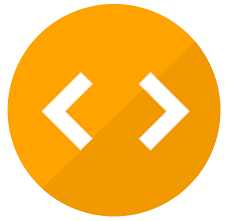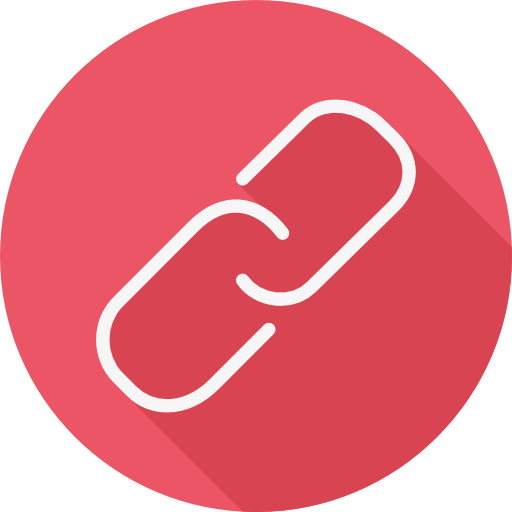Check nearby libraries
Buy this book

"What are the specific skills and strategies students need to learn in order to assess themselves in the classroom, and how do you teach them those strategies in the context of subject area material? Here's a resource that answers those questions and gives you more than 50 tools to use with students in every grade level and subject. A series of Teacher Tools helps you create high-quality classroom assignments, use appropriate intervention strategies, and give students good feedback. Then a series of Student Tools help you teach formative assessment strategies that students can use when an assignment is given, during direct instruction, during group or individual work, before a summative assessment (such as a major test), and after a summative assessment"--Publisher.
Check nearby libraries
Buy this book

Previews available in: English
| Edition | Availability |
|---|---|
|
1
Formative Assessment Strategies for Every Classroom
2010, ASCD
Paperback
in English
- 2nd ed.
1416610839 9781416610830
|
cccc
|
|
2
Formative assessment strategies for every classroom: an ASCD action tool
2006, Association for Supervision and Curriculum Development
in English
1416605185 9781416605188
|
aaaa
|
Book Details
Edition Notes
The Physical Object
Edition Identifiers
Work Identifiers
Work Description
Formative assessment refers to the ongoing process students and teachers engage in when they: 1. Focus on learning goals; Take stock of where current work is in relation to the goal; 3. Take action to move closer to the goal. The best formative assessment involves both students and teachers in a recursive process. It starts with the teacher, who models the process for the students. At first, the concept of what good work "looks like" belongs to the teacher. The teacher describes, explains, or demonstrates the concepts or skills to be taught, or assigns student investigations -- reading assigned material, locating and reading materials to answer a question, doing activities or experiments -- to put content into students' hands. For example, the teacher shares the aspects of a good descriptive paragraph and tells students how their work compares to the ideal. Gradually, students internalize the learning goals and become able to see the target themselves. They begin to be able to decide how close they are to it. A student's self-assessment process marks the transition to independent learning. When students monitor their own learning and make some of their own decisions about what they need to do next, they are using metacognitive skills. These are important skills in their own right. Learning how to learn -- that is, learning the metacognitive skills that will ultimately contribute to lifelong learning -- begins with specific acts of self-assessment. Students learn how to monitor their own performance first with respect to specific learning goals they understand; for example, they learn to check sentences for specific comma faults or to check math problems for specific errors. These specific acts of self-assessment during the formative assessment process are critical building blocks as well as strategies for achieving the immediate learning goals. Gradually, students begin to be able to monitor more and more aspects of their work at once. This process is the essence of learning -- the continuous process of assessing one's own mastery of content and skills, and discerning and pursuing next steps to move forward toward a goal. The goal may exist only as an objective in a teacher's lesson or unit plan at first, but as students focus on their work, see and monitor their progress, and understand both what they are learning and how they learn, they become full participants in formative assessment and true learners. - Introduction.
Community Reviews (0)
History
- Created October 21, 2008
- 6 revisions
Wikipedia citation
×CloseCopy and paste this code into your Wikipedia page. Need help?
| August 18, 2010 | Edited by IdentifierBot | added LibraryThing ID |
| April 24, 2010 | Edited by Open Library Bot | Fixed duplicate goodreads IDs. |
| April 16, 2010 | Edited by bgimpertBot | Added goodreads ID. |
| April 13, 2010 | Edited by Open Library Bot | Linked existing covers to the edition. |
| October 21, 2008 | Created by ImportBot | Imported from bcl_marc record |










